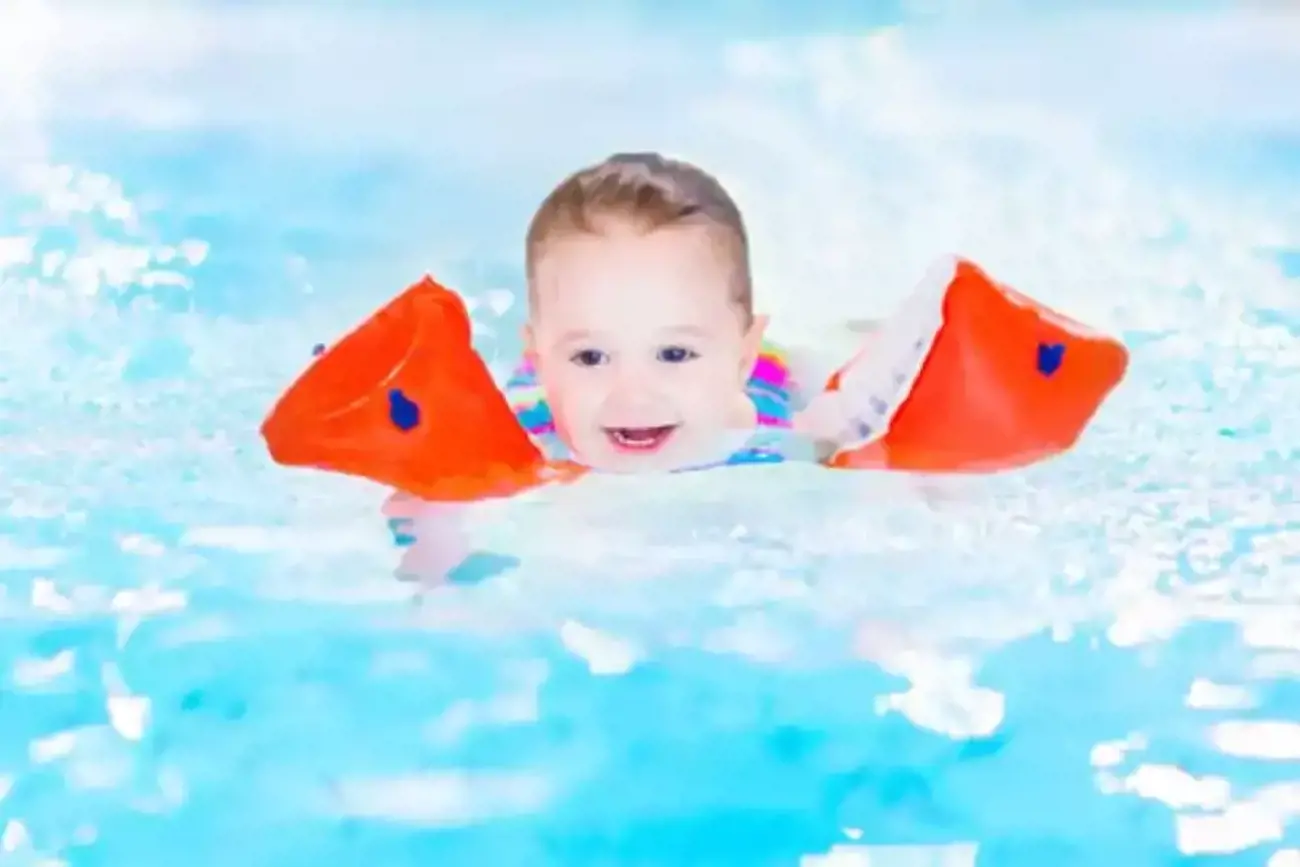Young children love water, and in the hot summer months playing and swimming in water is a welcome relief, as well as being great exercise.
But this summer saw a spate of tragic drownings. Over the Christmas period, there were almost as many water deaths as car fatalities, with 18 drowning deaths between December 19 and 3 January.
Overall, there were 280 drowning deaths in Australian waterways between 1st July 2015 and 30 June 2016, which is an increase of 5 per cent on the year before.
Drowning is the number one cause of death for children under five. Drownings can happen quickly, so water safety is paramount when children are in and around water. Because babies are top heavy and fall over easily, if a baby falls – even in shallow water – they can't always lift themselves out and can quickly drown. Children have been known to drown in water features, fish ponds, even pet water bowls and nappy buckets.
So as a parent, what can you do to ensure your little ones are safe?
Swim Australia's SwimSafer message recommends four layers of protection for children around water, to ensure children's safety – if one layer fails, then there is another layer that could well save their life.
1. Be Aware
Adult supervision is the number 1 water safety tool and constant supervision is paramount. As the Royal Life Saving Society Australia reported: "lack of direct adult supervision is the main factor in 70% of toddler drowning deaths".
For adequate supervision, Swim Australia recommends:
- Maintaining constant visual contact with the child.
- Being within an arm’s reach of a non-swimmer and any child under 5.
- Being ready to respond quickly.
- Not being distracted by anything such as a doorbell or a phone.
- Always knowing who is supervising when one or more adults are present – and that adult is always vigilant until another adult takes over the water-watcher role.
2. Be Secure
Relying solely on supervision for water safety is not 100 per cent fail-safe. Therefore, water hazards also need to be removed when possible, or barriers put in place to reduce a child's chance of getting to the water when an adult is not there to supervise. Paddling pools should be emptied when not in use; pool fences must meet government standards. Children have been known to move items to climb over fences – such as containers and chairs – so any outdoor furniture should be secured, or too heavy to move.
If you move into a new property, you should receive a Certificate of Compliance, but also check the fence is compliant yourself.
3. Be Confident
Swimming is fun, it's great exercise, but above all it is an essential skill for all children to learn, and swimming lessons are the best place to gain these skills. Lessons won't just teach swimming but children also learn essential water safety skills such as knowing not to go near the pool unless supervised by adult and always swimming between the flags at the beach.
For children under five, water safety skills include:
- Water familiarisation, where young children become comfortable in the water.
- Gaining confidence – which leads into safe entry and exit from water, floating, turning.
- Developing strokes – so a child can cover bigger distances in the water.
As a child becomes stronger and more confident, swimming lessons will begin to expose them to more challenging situations and teach them what to do in an emergency. These include things such as jumping in without goggles, swimming with clothes on, and being exposed to colder, more turbulent water – all things that simulate emergency situations.
As we head into autumn, many families choose to pause swimming lessons for the colder months. But it is recommended that children continue swimming lessons throughout the year, so the vital skills they have learnt so far aren't forgotten.
4. Be Prepared
With any water incident, every second counts. If a child is missing, check any water hazards, or the pool first. Consider having a phone near the pool for emergencies.
If you haven't already, consider taking a Cardio Pulmonary Resuscitation (CPR) course so you are prepared for any emergency, and download a CPR chart.
































